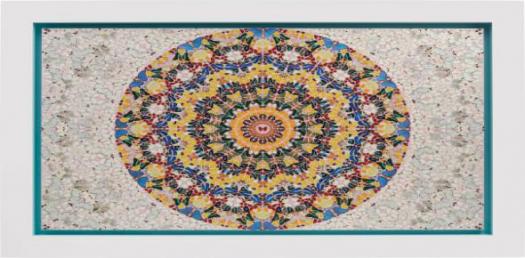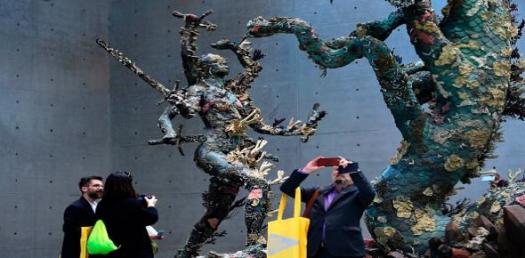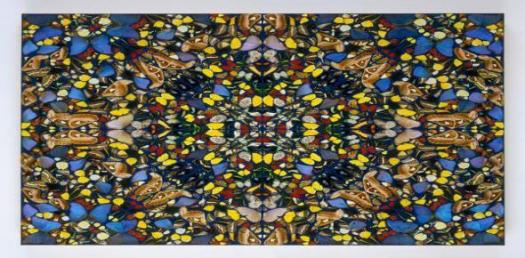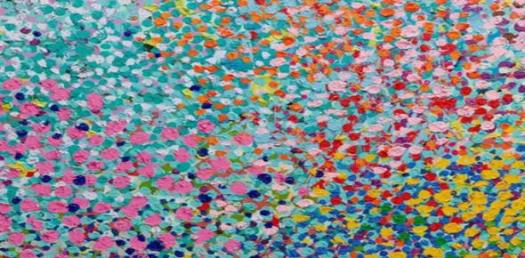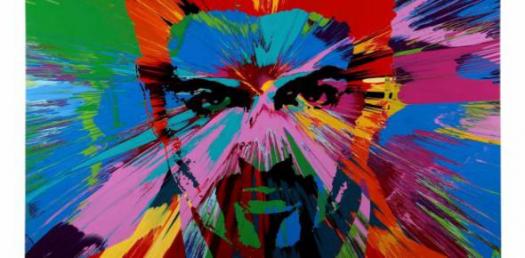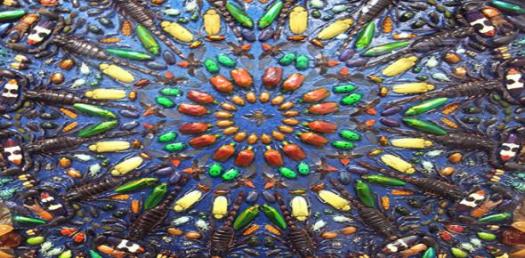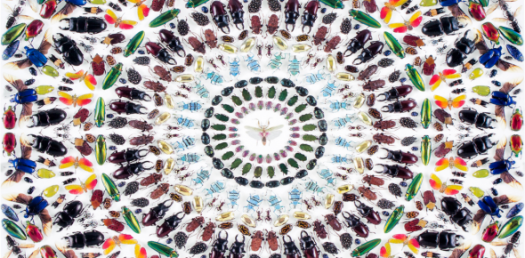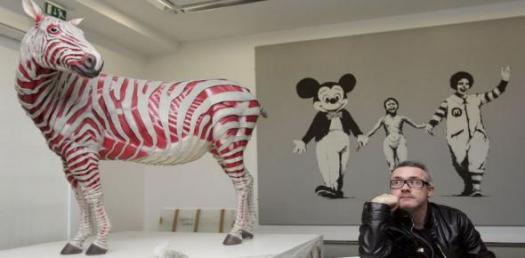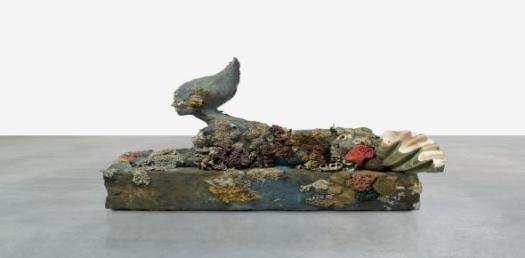Ultimate Quiz About Damien Hirst

Damien Hirst is a British art collector and entrepreneur who is believed to be the richest artist in the United Kingdom. He dominated the art scene in the 1990s while among the YBAs. During his career, he linked himself to other art collectors who make him successful. Do you know him? Take this quiz!
- 1.
When was Damien Hirst born?
- A.
1964
- B.
1965
- C.
1966
- D.
1967
Correct Answer
B. 1965Explanation
Damien Hirst was born in 1965.Rate this question:
-
- 2.
What is Hirst's birthday?
- A.
June 7
- B.
June 8
- C.
June 9
- D.
June 10
Correct Answer
A. June 7Explanation
The correct answer is June 7. This can be inferred from the question which asks for Hirst's birthday. Out of the given options, June 7 is the only date mentioned.Rate this question:
-
- 3.
Where was Damien Hirst born?
- A.
Liverpool
- B.
York
- C.
Bristol
- D.
Chicago
Correct Answer
C. BristolExplanation
Damien Hirst was born in Bristol.Rate this question:
-
- 4.
Which of these aspects of arts is Hirst not known for?
- A.
Conceptual Art
- B.
Installation
- C.
Painting
- D.
Drawing
Correct Answer
D. DrawingExplanation
Hirst is not known for drawing. While he is renowned for his conceptual art, installations, and paintings, drawing is not a medium that he is particularly associated with.Rate this question:
-
- 5.
Which of these is Damien Hirst's patron?
- A.
Aaron Nathan
- B.
Bernard Jose
- C.
Charles Saatchi
- D.
Fred James
Correct Answer
C. Charles SaatchiExplanation
Damien Hirst's patron is Charles Saatchi. A patron is a person who supports and sponsors an artist, often providing financial assistance or other resources to help them create their work. Charles Saatchi, a prominent art collector and gallery owner, has been a long-time supporter of Damien Hirst's career. He played a significant role in promoting Hirst's work and helping him gain recognition in the art world.Rate this question:
-
- 6.
What is the central theme in Hirst's work?
- A.
Hint
- B.
Death
- C.
Survival
- D.
Fame
Correct Answer
D. FameExplanation
Hirst's work often explores themes of fame and the cult of celebrity. He is known for creating artworks that capture public attention and generate media buzz, elevating his own status as an artist. Through his provocative and controversial pieces, Hirst critiques the obsession with fame in contemporary society and questions the value and meaning behind it. His focus on fame as a central theme can be seen in his use of materials and subject matter, as well as the way he presents and promotes his art.Rate this question:
-
- 7.
When did Hirst make an unprecedented move of selling a complete show?
- A.
2008
- B.
2009
- C.
2010
- D.
2011
Correct Answer
A. 2008Explanation
In 2008, Hirst made an unprecedented move of selling a complete show. This means that he sold an entire exhibition, including all the artworks, rather than selling individual pieces. This was a significant departure from traditional art sales, where artworks are usually sold separately. Hirst's decision to sell a complete show was seen as a bold and innovative move in the art world, further solidifying his reputation as a groundbreaking artist.Rate this question:
-
- 8.
Which of these is a work of Damien Hirst?
- A.
Joy
- B.
For The Love of God
- C.
My Bed
- D.
Favour
Correct Answer
B. For The Love of GodExplanation
"For The Love of God" is a work of Damien Hirst. This artwork is a platinum cast of a human skull encrusted with over 8,000 diamonds. It is a representation of the theme of death and mortality, which is a recurring motif in Hirst's works. The title itself suggests a contemplation on the concept of love and spirituality in relation to mortality. This piece is one of Hirst's most iconic and controversial works, showcasing his fascination with life and death, and his ability to provoke thought and challenge societal norms through his art.Rate this question:
-
- 9.
Which of these objects are used in Hirst's work of art?
- A.
Dead Animals
- B.
Heavenly Bodies
- C.
Cartoons
- D.
Green Plants
Correct Answer
A. Dead AnimalsExplanation
Hirst's work of art is known for its controversial use of dead animals. He often incorporates preserved animal specimens, such as sharks and cows, in formaldehyde into his installations and sculptures. This choice challenges traditional notions of art and raises questions about life, death, and the boundaries of artistic expression. Heavenly bodies, cartoons, and green plants are not commonly associated with Hirst's work.Rate this question:
-
- 10.
When was Damien Hirst ranked as the richest living artist in Uk?
- A.
2010
- B.
2011
- C.
2012
- D.
2013
Correct Answer
A. 2010Explanation
In 2010, Damien Hirst was ranked as the richest living artist in the UK. This indicates that during that year, he had the highest net worth among all the artists in the country. It is likely that his wealth was a result of his successful art career and the high demand for his artworks, which allowed him to accumulate significant financial resources.Rate this question:
-
Quiz Review Timeline +
Our quizzes are rigorously reviewed, monitored and continuously updated by our expert board to maintain accuracy, relevance, and timeliness.
-
Current Version
-
Mar 18, 2023Quiz Edited by
ProProfs Editorial Team -
Apr 15, 2019Quiz Created by
Gregorynaomi
 Back to top
Back to top



